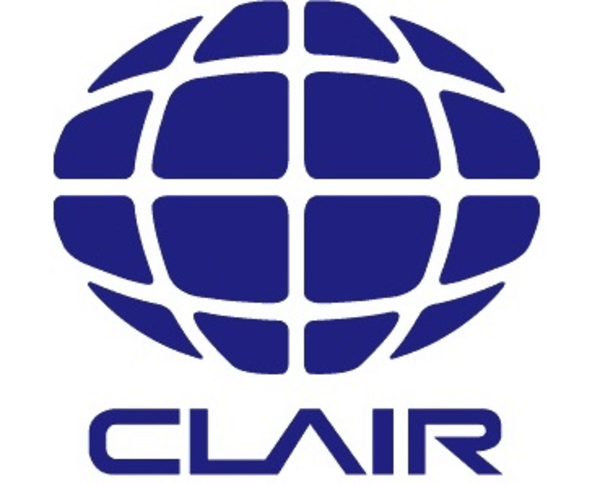Status
ongoing
50%
City
Kyoto
Main actors
City Government, Private Sector, Community / Citizen Group, Public Utility
Project area
Metropolitan Area
Duration
Ongoing since 2008
Are you doing something good for the environment?
The Do You Kyoto? project aims to promote the transition to an environmentally-friendly lifestyle and create a sustainable, low-carbon society by implementing environmental awareness initiatives and activities for citizens and businesses.
External links / documents
On Map
The Map will be displayed after accepting cookie policy

